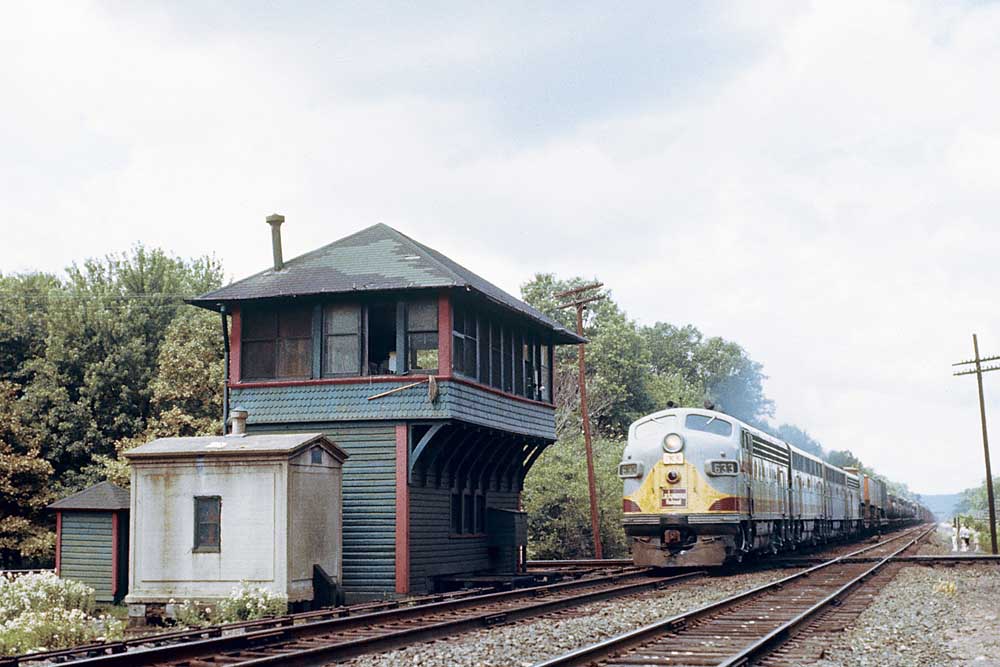
Back in the day when railroads were squeezed under the thumb of the Interstate Commerce Commission and saddled with money-losing passenger service and dying branch lines, Class I railroads went through merger after merger to fend off financial collapse.
The goal of those combinations was to eliminate duplicate routes, yards, shops, and headquarters in the hopes of remaining in the black. They were mergers born from failure. And they worked, for a time.
Now along comes Union Pacific decades later with its proposed $85 billion acquisition of Norfolk Southern. No one would call either railroad a failure.
UP was the most profitable railroad last year, hauling in $24.3 billion in revenue, $9.7 billion in operating income, and returning $4.7 billion to shareholders through a combination of dividends and share buybacks. If anything, it’s an embarrassment of riches under CEO Jim Vena, who has lit a fire under a long-slumbering franchise.
NS is on the comeback trail after its disastrous 2023 hazardous materials derailment in East Palestine, Ohio. Last year it beat back an activist investor, eased broader safety concerns, and weathered the departure of its chief executive under a cloud of scandal. Even after all this, NS in 2024 generated $4.1 billion in operating income on revenue of $12.1 billion.
And yet UP+NS is born from failure, too. No, it’s not a failure to turn a profit. It’s a failure to effectively compete with trucks. The railroads said as much in their preliminary proxy filing this week.
“The Norfolk Southern board … discussed industry trends and the difficulty Norfolk Southern and the industry has had, and risked continuing to have, in achieving significant growth on a standalone basis, including due to lower volumes because of truck market penetration, and the potential for a transcontinental merger to break through these challenges,” the regulatory filing says.
It’s an admission that Class I growth strategies have not borne fruit — and that they view a merger as the only way to win back freight from the highway.

Let’s assume regulators approve the historic deal — and that Omaha doesn’t screw it up with technology or operational snafus. A transcontinental Union Pacific should gain volume merely by offering true coast-to-coast, single-line service. Intermodal, for example, wins more market share when just one railroad handles the load. So it’s likely we’ll see a one-time growth spurt, perhaps even a sizeable one.
But then what? We’re right back where we started, unable to grow and bleeding volume to trucks.
The 52,215-mile UP — and an eventual, inevitable BNSF+CSX rival — will still be under intense investor pressure to maintain a low operating ratio, whether it’s Wall Street or Berkshire Hathaway applying the thumbscrews. Eliminating interchange in Chicago won’t fix this. And so transcon mergers simply kick the can down the road.
UP will harvest the low-hanging fruit, only to eventually run smack into the same obstacle railroads have been facing since volume peaked in 2006. Wall Street demands fat profit margins and doesn’t care whether railroads are growing or taking trucks off the highway.

And so a low operating ratio and growth are incompatible. An exception would be in Western Canada, where bulk traffic sprouts like weeds and can’t move to port without Canadian National and Canadian Pacific Kansas City locomotives on the point of unit trains of covered hoppers or tank cars.
In the truck-competitive U.S. of A., however, taxpayer-supported interstates parallel every major main line, and railroad volume growth has been anemic. A transcontinental merger does nothing to change the eventual outcome of trucks carrying the day — and the freight — if railroads continue with business as usual. UP+NS is a temporary Band-Aid, at best.
To truly flourish — that is, make a decent buck while hauling more tonnage — the U.S. Class I railroads need a new game plan. One that goes beyond mergers and tackles the service and reliability gap that keeps the truckers’ trailers full.
You can reach Bill Stephens at bybillstephens@gmail.com and follow him on LinkedIn and X @bybillstephens






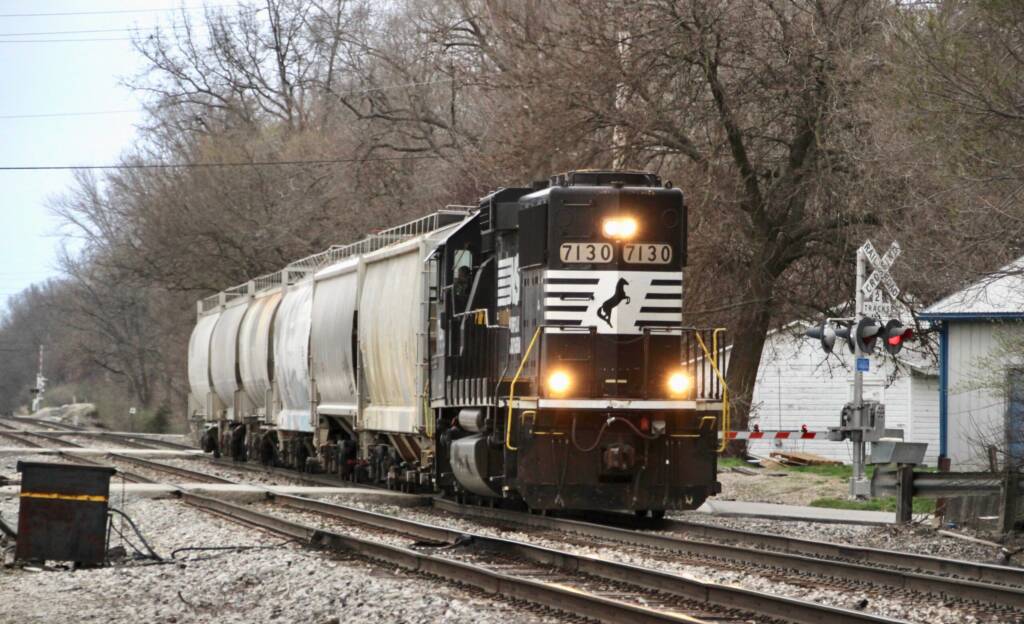



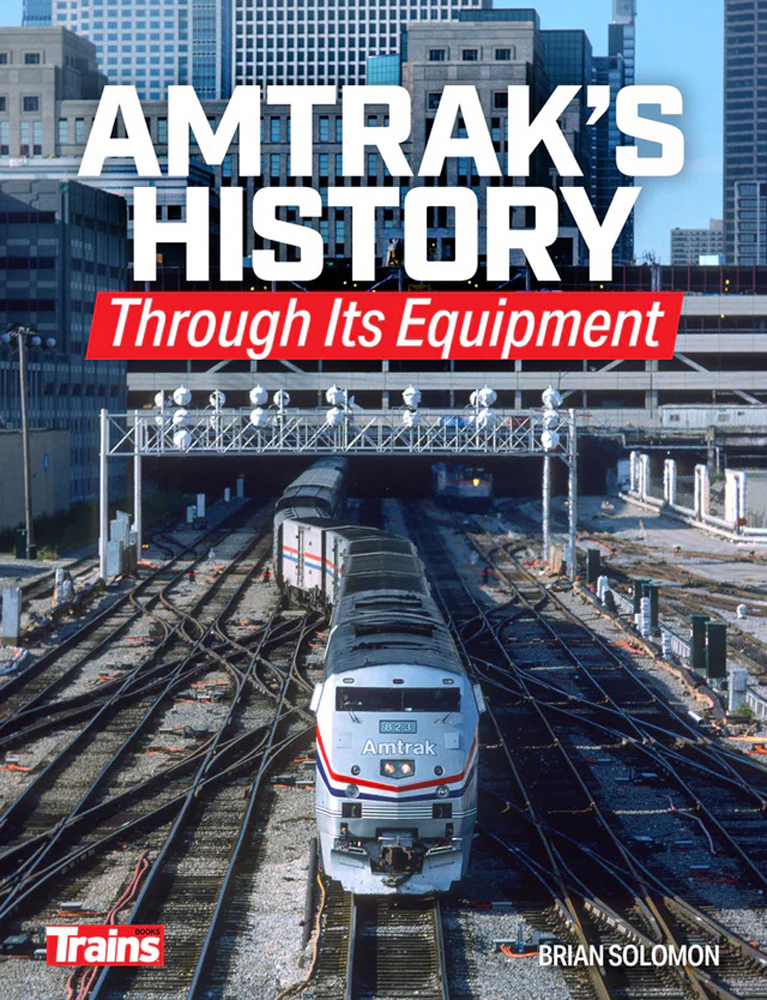
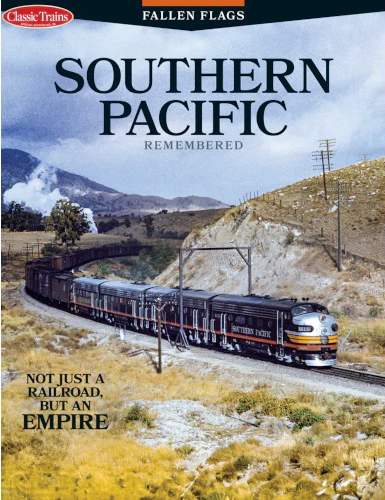
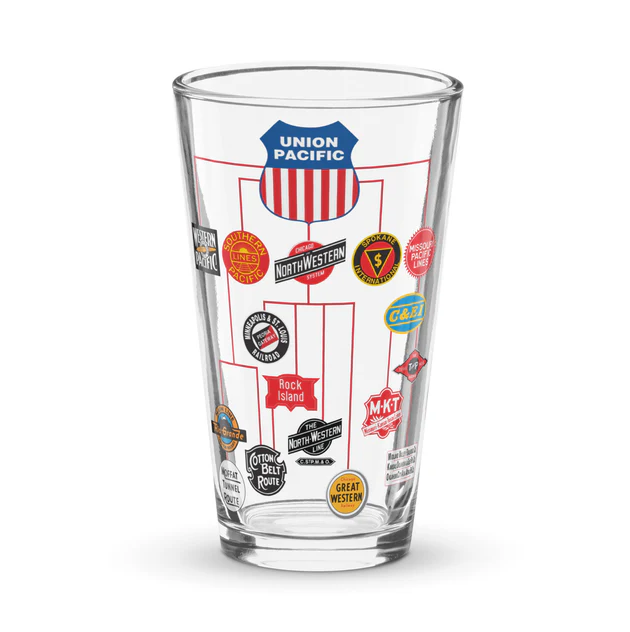
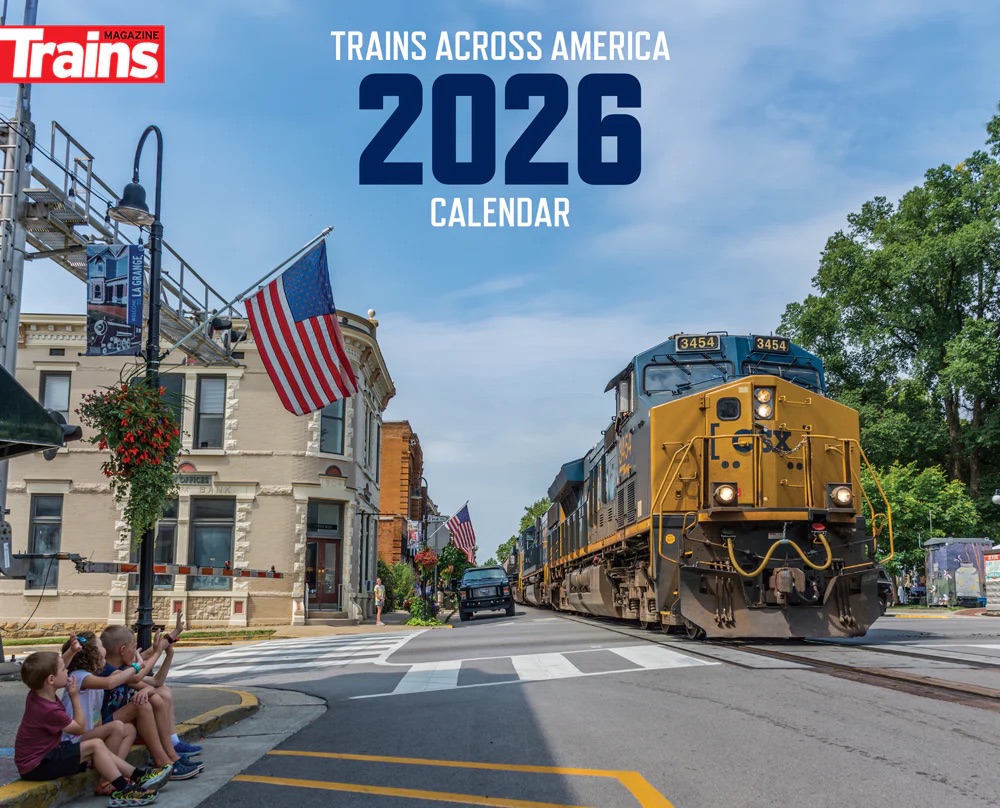
Thank you Bill Stephens, TRAIN schill for CPkc and its erstwhile “rule the world” CEO, Keith Creel. First off, CSX/BNSF IS NOT IEVITABLE. BNSF doesn’t need anybody telling them what to do except its two largest customers, J B Hunt and CMA-CGM whom they have made HUGE investments in. CSX is going to have to find someone else or buy who they need to get past Chicago… Maybe that is CN. It won’t be CPkc because Creel doesn’t have any money to spend, having overspent on KCS just to spite CN. Who knows, time will tell. And if the STB says no to UP/NS, then hello newer, bigger UP/NS Intermodal and unit train partnerships. A merger without a merger…Who’da thunk it!
wall street as always.bigger better more money shippers and public be dammed, not a way to run a railroad
Bill is back in the saddle. Good article.
Every time the Business picks up the Class 1s decide it’s a good idea to get rid of the small shippers yet boxcars are still the most profitable thing they haul. When things slow up they scramble to get them except they don’t come back. This Cycle has been going on for 50 years and is unlikely to change.
The biggest problem is a shortage of boxcars. Can’t do boxcar business when you can’t get them and many of the available ones are approaching their 50 year limit. Then what?
I totally agree. The Class 1s don’t care about the smaller shippers. Two or three cars per week, and they are not interested. To make their numbers look good, the Class 1s want to run 150 car trains from point A to point B, where there are a lot of miles between.
As long as the “River Barrier” continues to exist, significant manifest opportunities are ingored. A move from Little Rock AR to Indianapolis is ignored by both carriers, as it is a short haul for both.
The truly transcontinental Union Pacific will have no such barrier.
Trucks have no such barrier, and don’t do interchange. Two cross-River railroads will be more truck-like than can two East and two West railroads.
Regulation almost destroyed the industry before Staggers. Public ownership tends to produce inefficiency. Public ownership also requires the government to buy the railroads at fair market value. With what money or credit?
My vote is for some form of open access. Railroads that can’t provide decent service will have a competitor come in and take the business. But the competitor will need to pay an access fee that still allows the owner a good rate of return so that they continue to maintain the track. Perhaps today’s railroads will become the toll roads that tomorrow’s railroads operate on.
Another socialist idea to save the railroads…NOT. Will never happen because the government doesn’t have the money to buy out the railroads and America’s public doesn’t want to have to. They have no need for more signs saying, “Your Tax Dollars at Work…”
Well explained as always, and fortunately I’m at the neighborhood bar after work to digest realities. OR must be great for one daily 54,000 ft. 100k ton train that goes 12 mph. and makes 351 set-outs and drop-offs.
Rails have to compete on price. If they cannot, then the trucks should win.
Rails have to compete on service…
Rails can’t compete with trucks on service. That’s a fight they have been losing, more and more, since the first roads were paved over 100 years ago. Their only hope is to under-price the trucks and deliver in a predictable, though always slower, way.
Maybe a coast to coast transcon could encourage a lot of those truck trailers to go piggyback… they say there is a driver shortage… Stranger things have happened…
When has government ownership solved these kinds of problems from the WW1USRA to current commuter rail operations eg. SEPTA? Most highway trucking companies are private but use public overhead capital at less than user cost to the government to maintain them. Maybe that is the problem that should be addressed.
The failure is due to lack of regulation. Railroads are not held accountable for service quality and reliability, unlike other monopolies or oligopolies (electricity, pipelines, airlines, etc).
Rates are contractual secrets and there is no transparency. CapEx is mostly for replacement and it seems many major “fluidity” projects involve these extremely profitable corporations shaking down taxpayers (eg, CREATE, Howard Street tunnel, Mardi Gras service, etc) while the public has no co-ownership rights. More is spent on buybacks and dividends than CapEx.
Customers, the public and environment pay the costs of this obscene greed. Obviously there is no short or mid-term solution. The only upside is consolidations makes nationalization easier in the long term. Conrail or CN 45 years ago were publicly owned and were not failures. The industry today surely fails the public.
Well said! A thousand times, yes!
Bill is on the mark, when he concludes that, “the U.S. Class I railroads need a new game plan. Most railroad workers would surely agree. But just what would that game plan look like? We understand that Wall Street calls the shots, and that Wall Street “punishes” any attempt at real growth, which Bill astutely notes requires investments — “more crews, more locomotives, more marketing and sales people — and those costs push up the almighty operating ratio in the short term…” So it would logically follow that the rail industry simply cannot come up with a new “game plan,” as it is structurally and systemically precluded from doing so. The very nature of the privately owned rail industry mitigates against the long-term growth that we – rail workers, shippers, passengers, and the nation – all need. The solution, the new game plan if you will, can be found in public ownership of the railroads along the lines of the “Plumb Plan” of the early 20th century. See publicrailnow.org.
Government running the RR’s is not what I would consider a good solution. All the Feds have to do is one way or another bar the Hedge funds from any investing in transportation companies.
Very well said Bill Stephens and very true.
It seems at times that we’re no longer a nation of builders, but a nation of takers.
just retired after 30 yrs on yhe railroad, and I can tell you rail service and reliable stinks. Wall st truly runs the rail